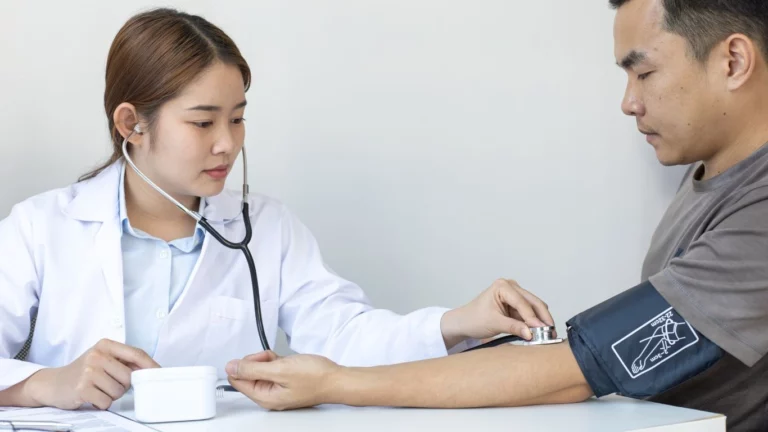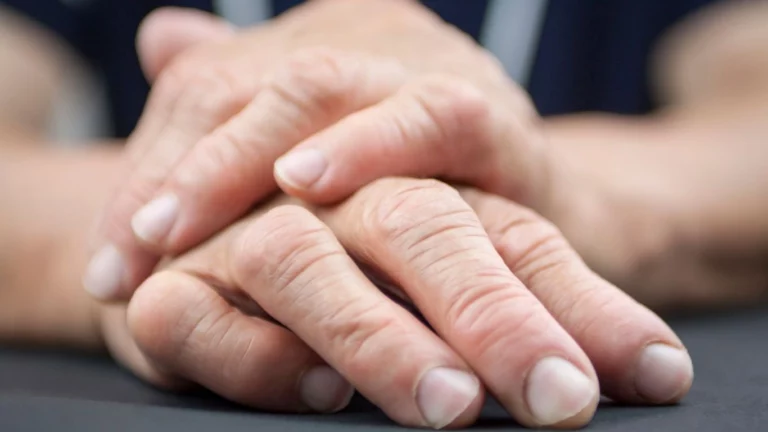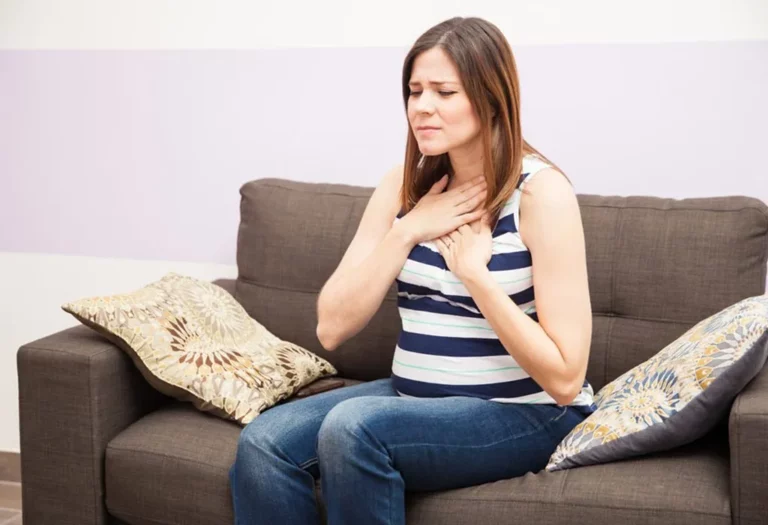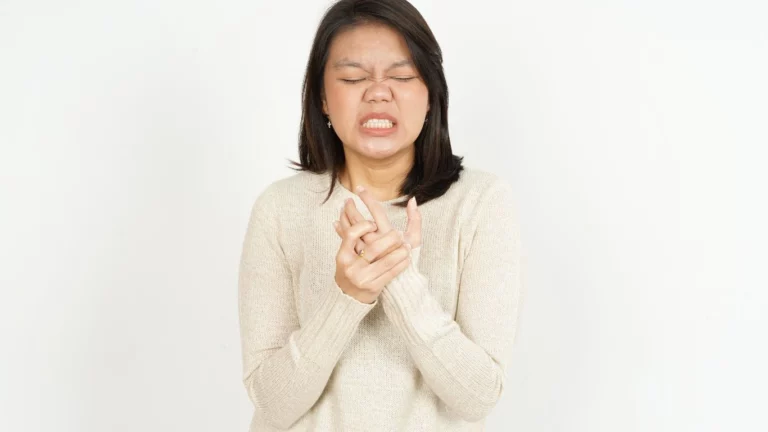Gardening with Arthritis Can Still Be Joyful
Gardening is one of life’s great pleasures—it’s therapeutic, beautiful, and rewarding. But if you’re living with rheumatoid arthritis (RA), even digging in the dirt can sometimes feel daunting. Today, we sit down with Dr. Emma Carlson, a rheumatologist and passionate horticulturist, to explore practical tips, tools, and strategies that make gardening with RA not only possible, but enjoyable.
Interviewer: Thanks for joining us, Dr. Carlson. To start, how has your experience treating RA patients influenced your perspective on gardening?
Dr. Carlson: My years in rheumatology have shown me that RA affects more than joints—it impacts quality of life. When I started gardening to reduce stress, I realized how small adaptations could keep plants thriving and hands pain-free. Now I recommend it often to patients as both therapy and joy.
Common Questions About Gardening with RA
- 1. Can I garden safely if I have rheumatoid arthritis?
- Dr. Carlson: Absolutely. Gardening is low-impact and flexible—you can tailor tasks to your energy and mobility levels. With ergonomic tools, proper planning, and breaks, most people with RA can garden safely. It’s actually wonderful for mental health and gentle physical activity.
- 2. What tools help reduce joint strain?
- Dr. Carlson: Invest in ergonomic tools with padded handles and long grips. Tools like Weed Hammers™, Radius Garden ErgoDri™, and Fiskars PowerGear share are great. They allow you to use larger muscles, reducing the load on fingers and wrists. Raised planter boxes or vertical gardening benches are also fabulous—no kneeling or bending.
- 3. How do I manage pain and inflammation during gardening?
- Dr. Carlson: First, plan your garden timing. Early morning and early evening are cooler, so there’s less stress on your body. Warm up joints with gentle stretches before you start. Use heat packs on stiff joints pre-gardening and ice packs if you notice swelling afterward. Over-the-counter NSAIDs, as prescribed by your doctor, can help. And don’t forget to take regular rest breaks—about every 20–30 minutes.
- 4. Should I modify my garden layout?
- Dr. Carlson: Definitely. Arrange plants you tend most in easy-to-reach spots. Keep heavy tools and soil close so you’re not hauling things too far. Use mulch to minimize weeding, and drip hose systems for effortless watering. Consider container gardening at waist or knee height—no bending.
- 5. Which gardening tasks should be avoided or adjusted?
- Dr. Carlson: Avoid repetitive wrist twisting (like manual seeding), heavy lifting (use compost bins with wheels), and overhead reaching (use step stools or adjustable-height planters). Swap intense tasks with gentler ones—prune instead of till, or deadhead flowers rather than digging.
- 6. Are there gardening routines that support joint health?
- Dr. Carlson: Yes. Stretching your fingers, wrists, arms, and shoulders before and after gardening keeps things mobile. Schedule gardening on days when inflammation is lower. Use pacing, where you alternate moderate tasks with lighter ones, to avoid flare-ups. Finally, hydration supports joint lubrication—drink plenty of water, especially when you’re outside.
- 7. What plants and garden styles work best for someone with RA?
- Dr. Carlson: Pick low-maintenance plants. Herbs like chives, mint, and basil are easy to care for. Perennials like coneflowers and daylilies return year after year. Use container gardens to control soil depth and limit bending. Vertical gardens or hanging baskets are great too—they reduce work on knees and backs.
- 8. How do I handle flare-ups that happen while gardening?
- Dr. Carlson: Stop immediately. Apply cold if joints are hot or swollen, or heat if stiff. Elevate the arm or leg if possible, and rest it. Take any prescribed medication. If pain persists beyond 48 hours, consult your rheumatologist. And don’t feel guilty—it’s your body sending a message to slow down.
- 9. Can gardening improve RA symptoms beyond mental well‑being?
- Dr. Carlson: There’s promising evidence that low‑to‑moderate physical activity can reduce RA disease activity levels. Plus, exposure to sunlight boosts vitamin D, which supports bone and immune health. And the relaxing effects—reducing stress hormones like cortisol—may well lessen inflammation over time.
- 10. How can technology or help from others support me?
- Dr. Carlson: Gardening clubs, therapy groups, or local RA communities are great for tips, sharing tools, and camaraderie. Use smartphone gardening apps to track tasks or share photos—no need for heavy notebooks. And don’t hesitate to ask family or friends for help with lifting or transporting materials.
Expert Tips & Best Practices
- Ergonomics are key: Tools like weed pullers, long-handled pruners, and padded grips mean you use your whole body, not just joints.
- Raised beds & containers: Waist or chest height prevents bending. Use lightweight soil mixes so moving them is easier.
- Adaptive seating: A sturdy gardening stool on wheels helps you rest while moving along beds.
- Pacing & planning: Do heavier tasks during your best energy hours. Alternate with sitting or stretching.
- Weather-aware scheduling: Cooler parts of the day are kinder to inflamed joints.
- Smart watering: Use hoses with handles or soaker systems. Carry a lightweight watering can.
- Garden layout: Organize tools and plants close to your workspace. Mulch to reduce constant bending for weeds.
- Warm‑ups & cool‑downs: Gentle wrist circles, shoulder rolls, and finger stretches before and after gardening help.
Our own trials and feedback from scores of patients show that even simple tweaks—like switching to a lightweight soil mix or using a soil blocker instead of potting soil—can dramatically reduce pain while maximizing pleasure.
Dr. Carlson’s Personal Favorites
“I swear by my Fiskars PowerGear2 Bypass Pruner,” she says, “because it multiplies your grip force so you don’t have to squeeze hard.”
“And my raised cedar beds—chest height—meant I got back in the garden even during flare-ups. It felt so good to still be outside.”
Your physical therapist may recommend gentle strengthening exercises for wrists and fingers—something Dr. Carlson fully endorses: “Strong supportive muscles around joints mean less pain when you garden.”
Final Thoughts
Gardening with rheumatoid arthritis might feel like a challenge at first, but with knowledge, compassion for your body, and the right tools, it becomes a fulfilling, joy-filled pursuit. We hope today’s tips help you dig in—literally and figuratively. Remember, gardening should be nourishing, not punishing.
Try one new change this week: maybe swap to an ergonomic pruner or plant in a raised container. Celebrate the small wins—tiny leaf, tiny victory!
If you’d like to explore more, reliable information on RA and gardening is available from trusted sites like arthritis.org, cdc.gov, and mayoclinic.org. You got this!
Happy gardening, stay gentle on your joints, and may your blooms—and joy—flourish!

Tarra Nugroho is a dedicated Nurse Practitioner with a strong foundation in family and preventive care. She brings both compassion and clinical expertise to her practice, focusing on patient-centered care and health education. As a contributor to Healthusias.com, Tarra translates medical knowledge into clear, empowering articles on topics like women’s health, chronic disease management, and lifestyle medicine. Her mission is simple: help people feel seen, heard, and informed—both in the clinic and through the content she creates. When she’s not caring for patients, Tarra enjoys weekend hikes, plant-based cooking, and curling up with a good health podcast.






